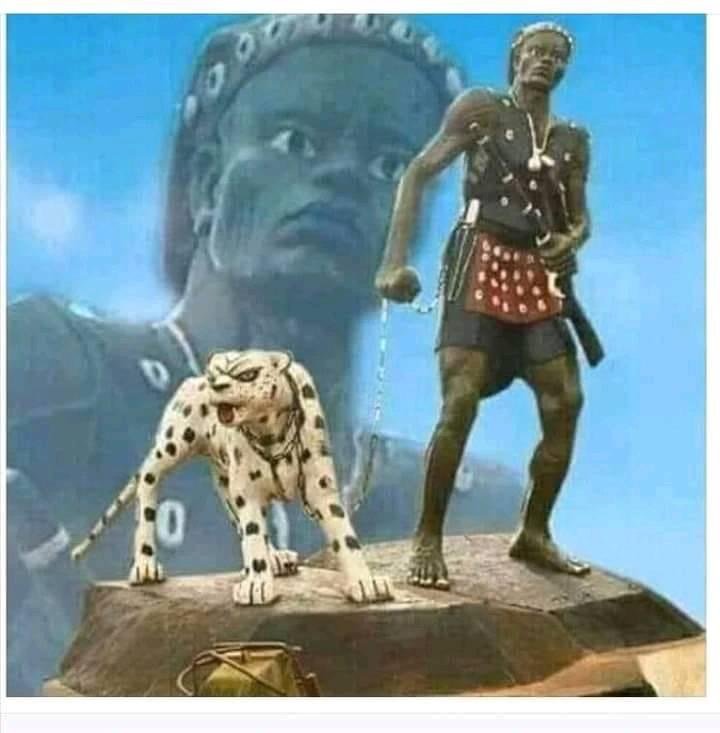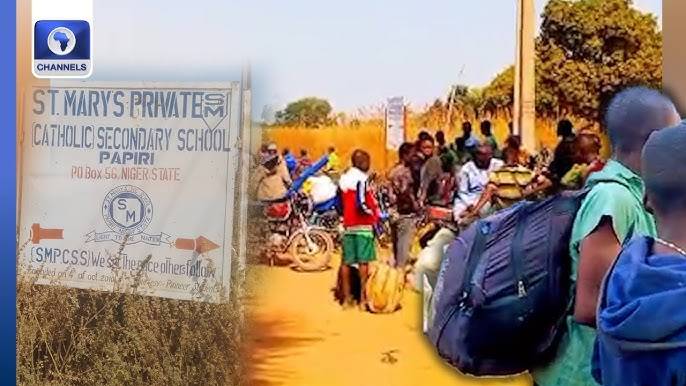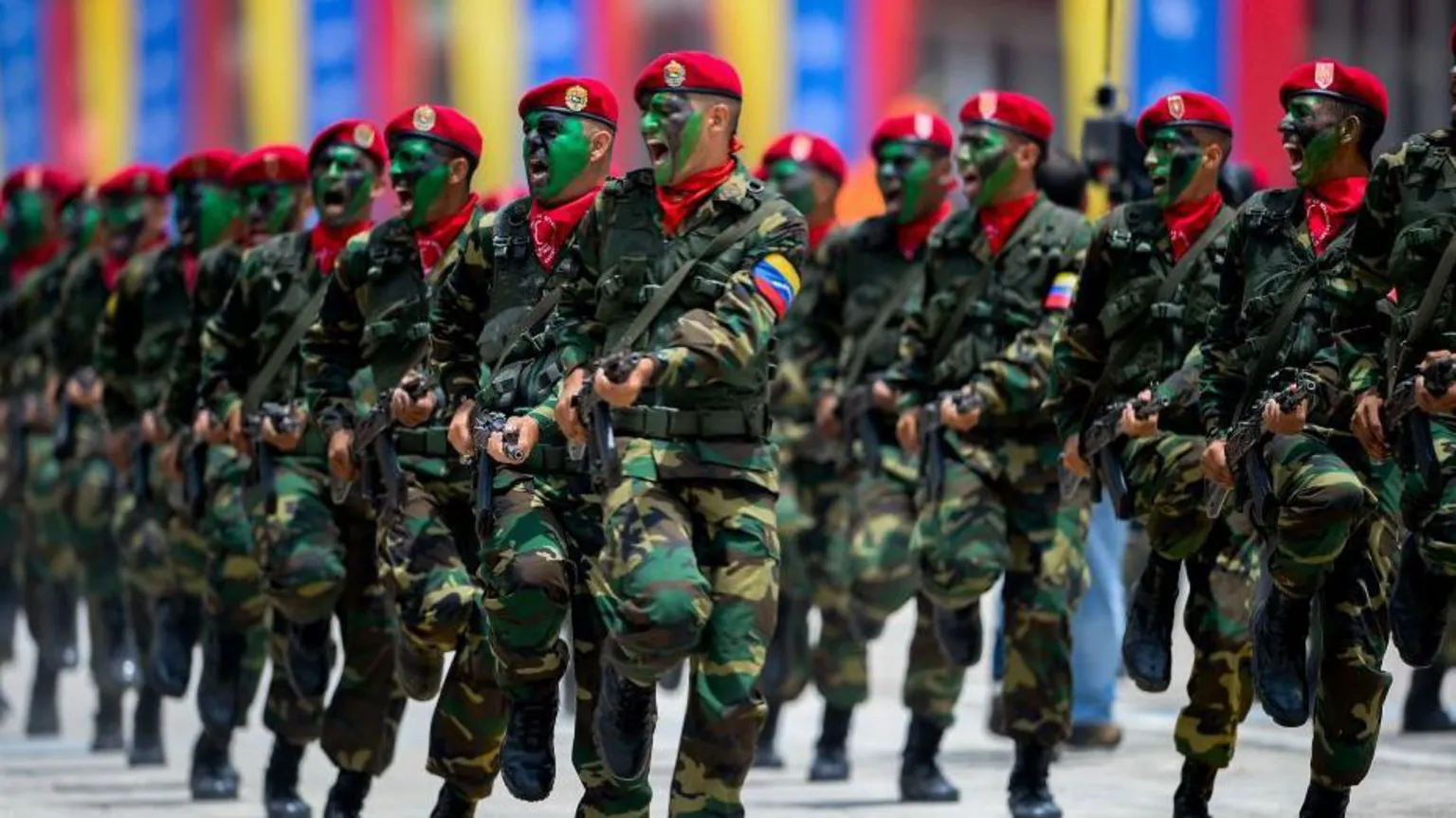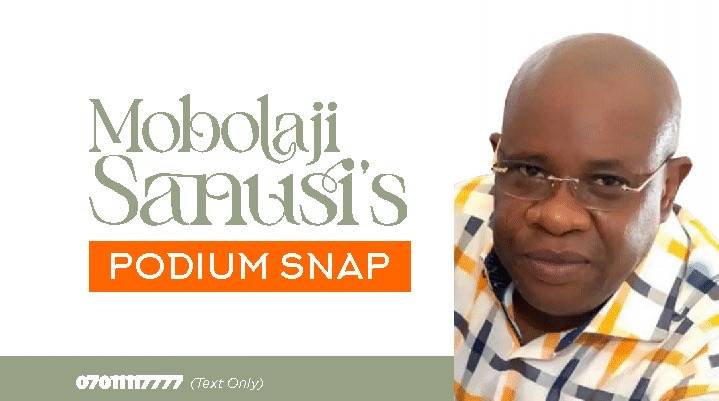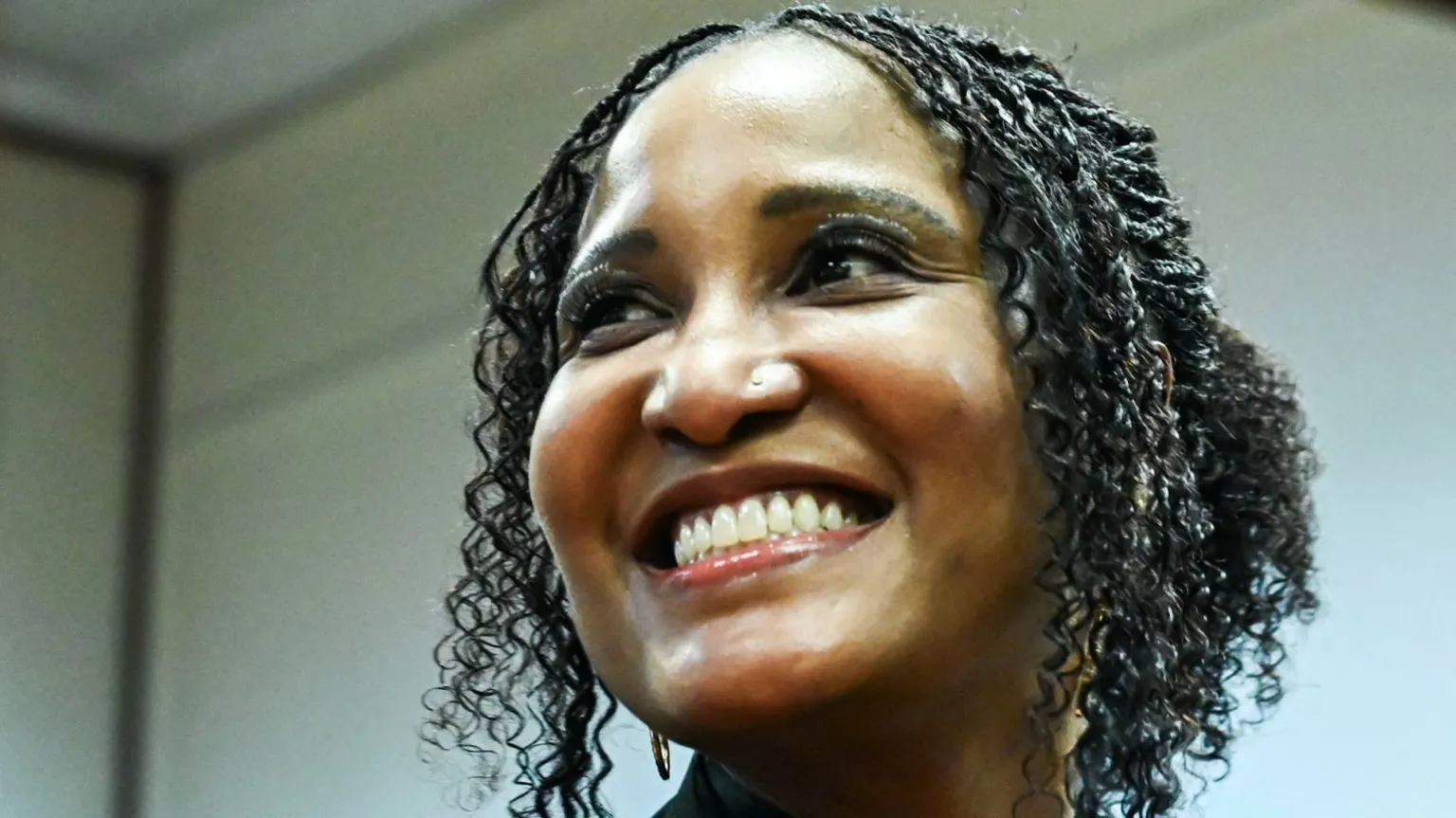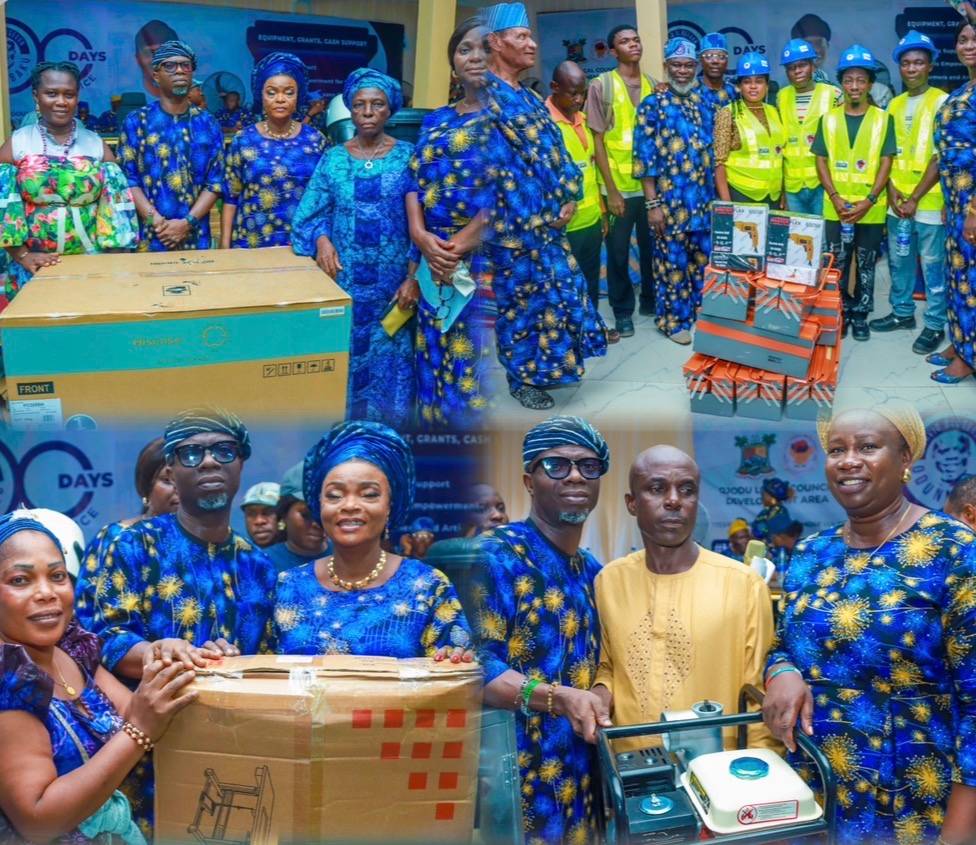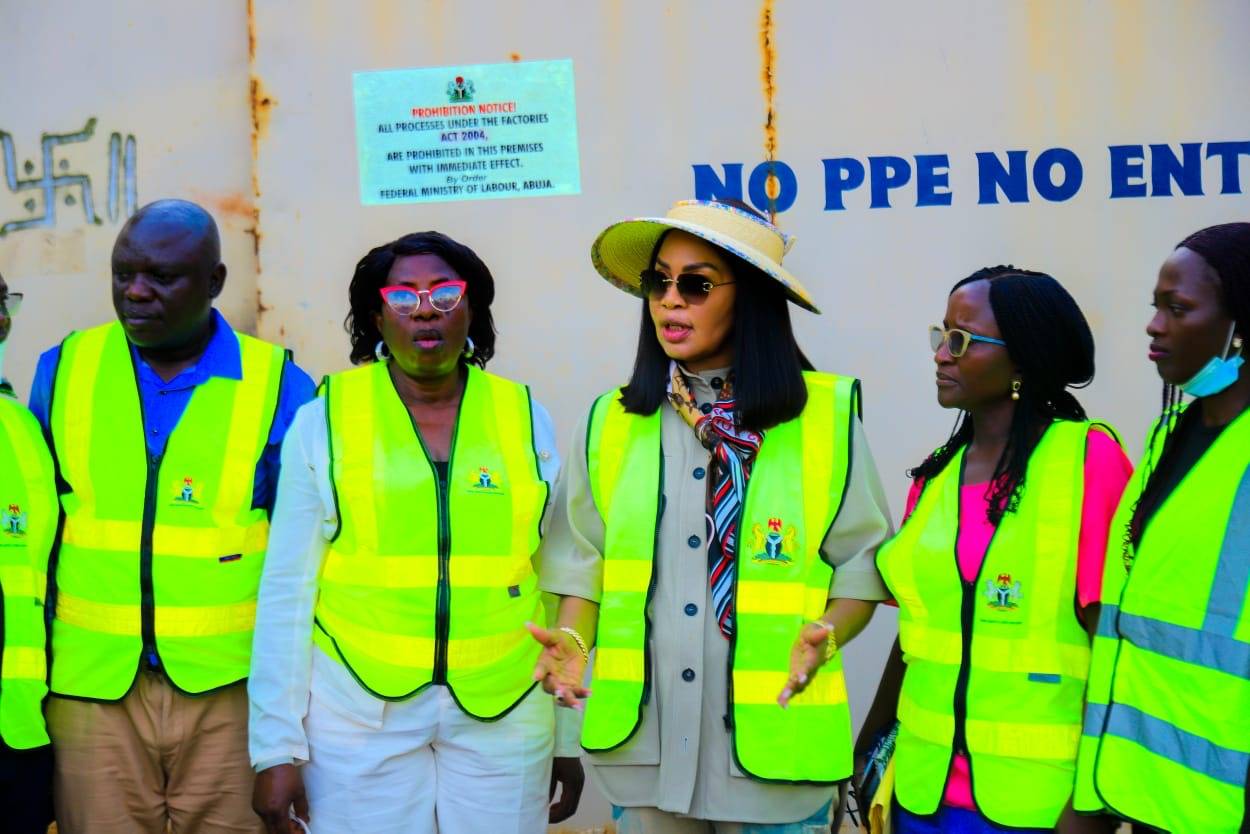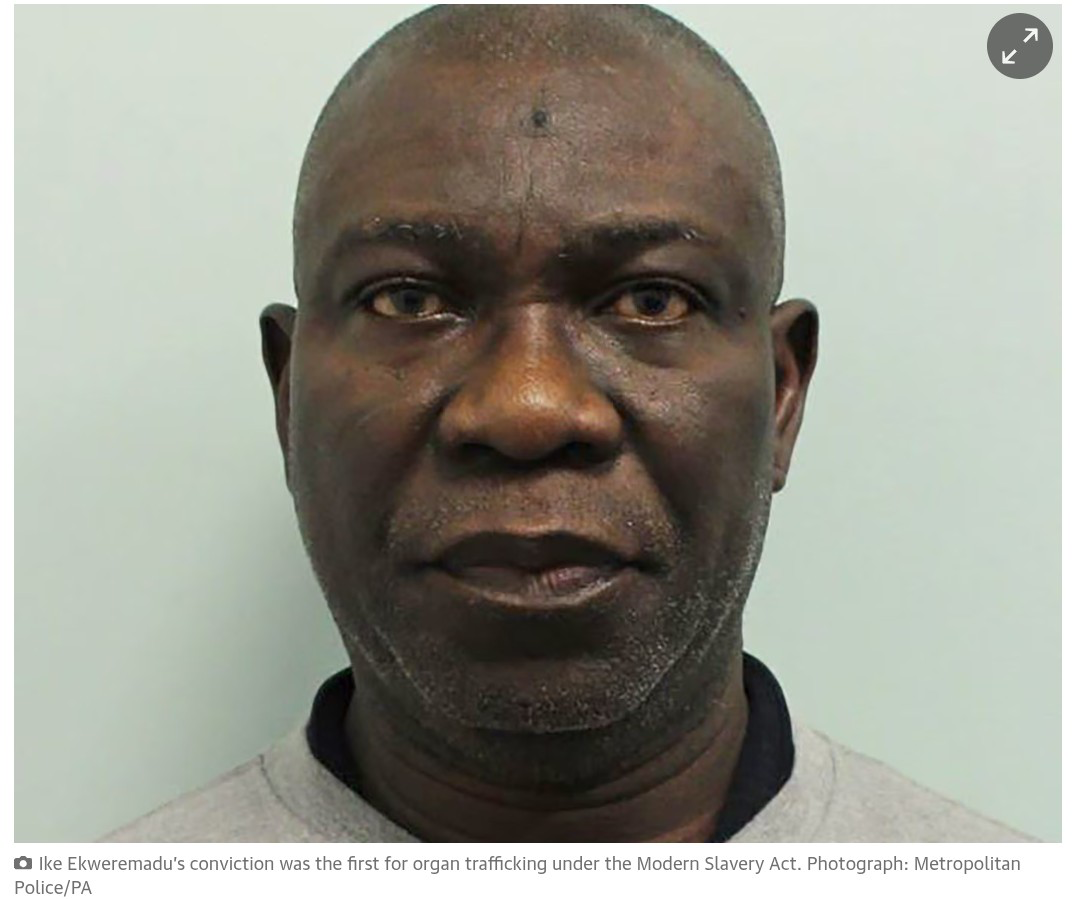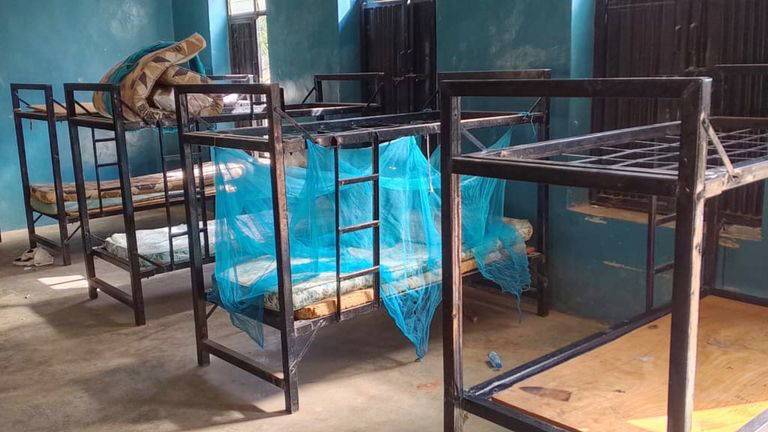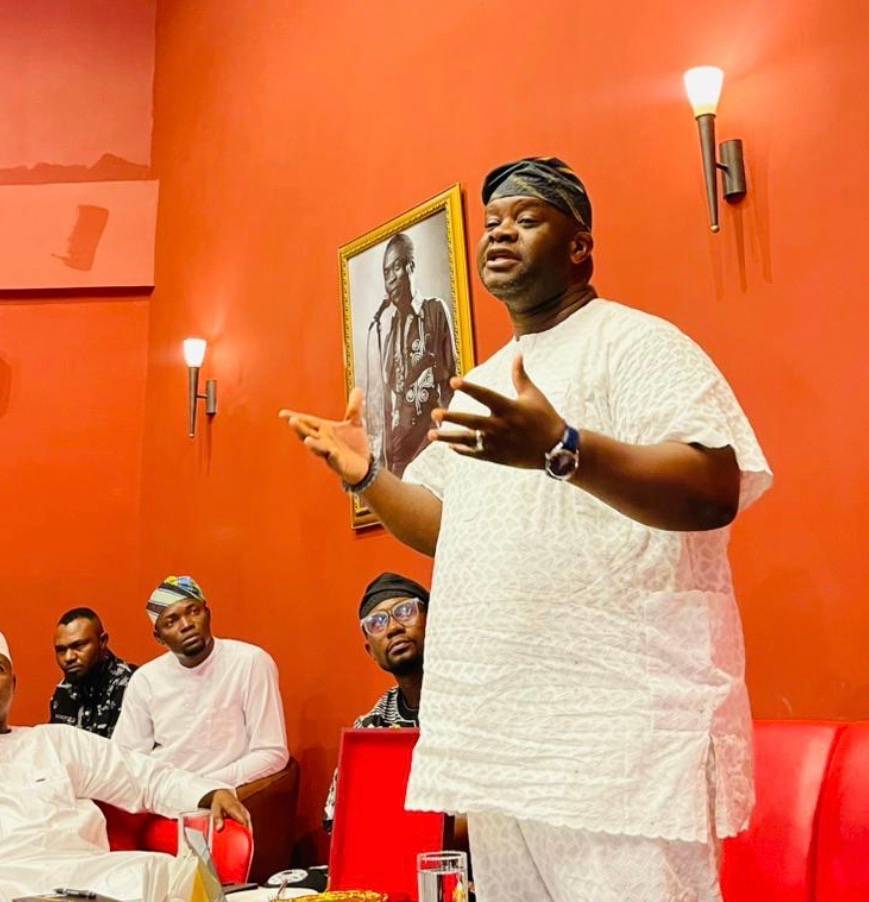Ancient hunters, skillful woodcarvers and highly advanced cloth-weavers, entrepreneurs among the Yoruba ethnic group.
History:
The name “Igbomina” is derived from Ogbomona, “Ogbo” being the mystical cutlass given to him by his father, Oduduwa. The cutlass was used as a mystical pathfinder with which Orangun (Oran-mi-gun) Fagbamila Ajagun-nla founded his kingdom which today is known as Igbmomina.
The Ìgbómìnà spread across what is Eastern Kwara State and now Northern Osun State. About 90% percent of these people live in the present day Isin, Irepodun and Ifelodun local government parts of Kwara State, while the remaining occupy Ora and Ila – Orangun areas of Osun State.
Ìgbómìnàland is adjoined on the West and North West by major neighbours such as the Oyo-Yoruba region, on the South and South West by the Ijesha-Yoruba region, on the South and South East by the Ekiti-Yoruba region, on the East by the Yagba-Yoruba region, and on the North by the non-Yoruba Nupe region South of the Niger River.
Other minor neighbours of the Ìgbómìnà are the Ibolo sub-group of the cities of Offa, Oyan and Okuku in the West.
This sub-group of the Yoruba people migrated to the present place of settlement from various locations and at different times between the 14th and 17th century A.D.
Majority of Igbomina clans claimed to have migrated to the area of present habitation from either Ife or Oyo, the two main nucleus of Yorubas. The progenitor of the Igbomina was a prince of Oduduwa.
According Yoruba-Igbomina tradition the area now called Igbomina was given to and founded by Orangun of Ila as his own share of inheritance from his grandfather, Oduduwa, the purported progenitor of the Yoruba race. According to this tradition, Orangun was the second son (and the fourth child) of Okanbi, the only son of Oduduwa. He founded Igbomina through the use of Ogbo. It was this Ogbo that was supposed to know the way to the bank of River Niger, the ultimate destination of this itinerant way-farer; hence the name Ogbomona (that is, Ogbo knows the way) literary translated (corrupted over a time) to Igbomina with the passage of time.
Apart from those found in Ila area, Igbominaland is more precisely aligned into sixteen administrative parts in Kwara State. The areas are Omu-Aran, Omupo, Sare, Oke-Ode, Igbaja, Ajase, Isin, Oro, Oro-Ago, Ile-Ire, Ora, , Oko, Ola, Esie, Idofian and Idofin.
There are known compartments of Igbomina towns and villages in few other locals of Kwara State, including Apado in Iponrin area, Jeba in Lanwa district, Apa-Ole, Joromu, Fufu etc., in Akanbi district and Ogbondoroko in Afon area.
Isanlu Isin or Isanlusin is an ancient town in Igbomina-Yoruba land of Kwara State. It is one of the prominent towns in the Isin Local Government Area of the State.
The Igbominas are often grouped into two; the Igbomina Mosan and Igbomina Moye.
The Moye group includes Oke-Ode , Oro-Ago, Ora, Oko-Ola, Idofin and Agunjin districts.
Mosan group comprises areas such as Omu-Aran, Ajase, Igbaja, Isin, Oro, Share, Esie, Omupo, Idofian and Ila-Orangun.
The cord that firmly holds the Igbomina clan together exhibits in their inseparable dialect, origins, values, culture, institutions and aspirations.
All across Igbominaland, the habit of eating Ewu iyan and Ikasin oka or oka adagbon, is familiar. These meals are a remake of the overnight leftovers of amala and iyan, a delicacy that adds refreshing flavours of delicious tastes and aromas to the meals.
The “new” taste is highly cherished in especially Omu-Aran that its inhabitants have this refrain ” ewu iyan d’Omu o dotun” , meaning the re-make is no way inferior to the fresh one.
Among the Yoruba, Igbomina people posses the famous Elewe masquerade which is an Egungun representing the ancestors during special festivals.
Igbomina people are hardworking, intelligent, industrious, widely travelled, with great exposure and highly focused.
Language:
Igbomina people speak a Central Yoruba dialect called Ìgbómìnà or Igbonna, a Yoruboid language that belongs to the larger Niger-Congo language group. Igbomina dialect is akin to the adjoining Yagba, Ilésà, Ifẹ, Ekiti, Akurẹ, Ẹfọn, and Ijẹbu areas that are classified under Central Yoruba dialects of the larger Yoruboid languages.
Economy:
The Ìgbómìnà (Igboona or Ogboona) people are ancient-hunters, renowned agriculturalists, skillful wood carvers, expert leather artists, entrepreneurial people.
The heterogeneous Igbomina people who used to be one of the highly-advanced cloth-weavers are occupying the north-central portion of the Yoruba region of South Western Nigeria.
In terms of social relations, the people are highly communal and rely heavily on the values of kith and kin, emphasizing love to one another and providing support where required.
In the cosmopolitan cities, the Igbomina breed concentrates in identifiable settlements retaining the ideals of their origin and reliving the values of the fore bearers.
In major cities all over Nigeria and in Lagos for instance, the people dominated the merchandise trading and they are found in high density of Lagos Island, Apapa, Mushin, Agege and Alimosho Local Government Areas.
They are largely enterprising, hard working and humble in disposition, two virtues which have given them such phenomenal economic success that their wealth as a people is now legendary.
Tourist Attractions:
Igbomina land is also a proud home to many tourist centres. Many of these are even recognized by different states and the Federal Government of Nigeria.
The first national museum in Nigeria established in 1945 is located at Esie. A standard Zoological Garden where people troop to in order to enjoy their holidays share the same fence with this museum.
Also in Esie are over 800 carved stones, mostly representing human figures, have been found around Esie in Western Igbomina, Ijara and Ofaro villages. It is not known who created the sculptures, but they appear to have been created around 1100 AD.
Ayikunnugba Water Fall at Oke-Ila as well as Owu Fall at Isin local government of kwara state are beauties to behold.
Credit: Social Media


